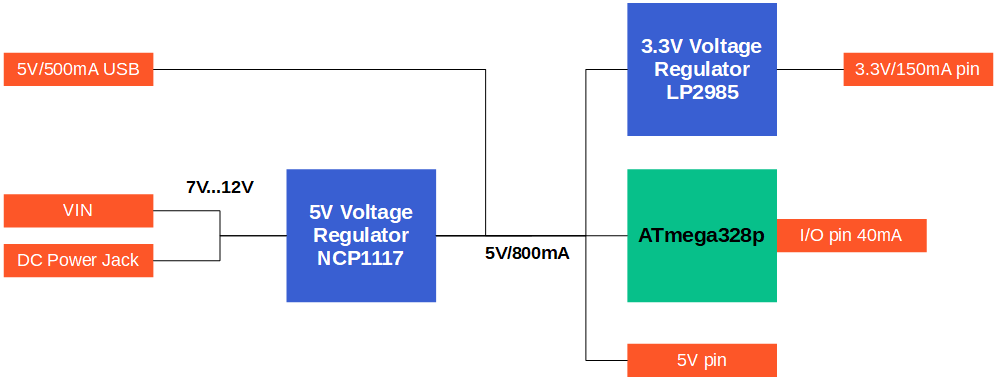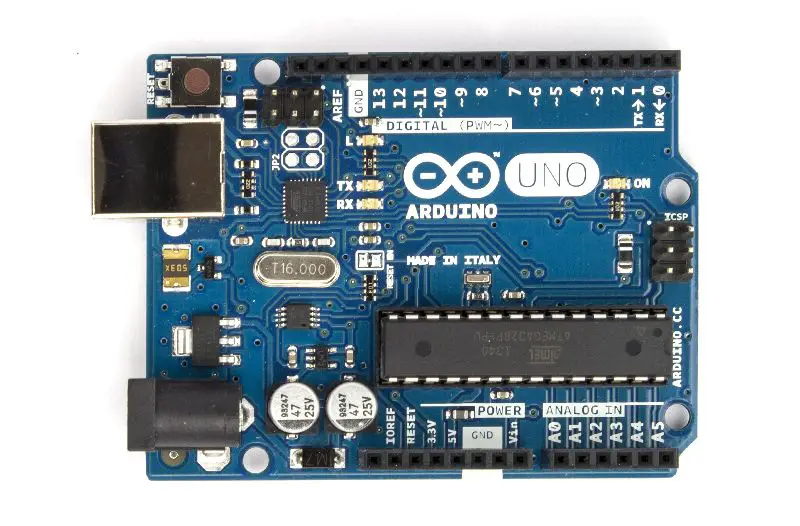
Normally the resistor will alter the voltage that gets used as the reference because there is an internal resistor of ABOUT 32K on the AREF pin. If you connect the external reference voltage to the AREF pin through a protection resistor of 4k7 or more, it allows you to switch between external and internal reference voltages. Using the external voltage reference input pin AREF. The diagram below shows these errors as compared to a 4.096V reference described below. Clearly if we wish to measure voltages to the accuracy provided by the Arduino the on-chip references are not good enough. The accuracy of the reference against which the voltage is measured - using any of the above references - is at best only 5.25 - 5.0/5.0 * 100 = 5% - much worse than the 0.25% the ADC provides. SOme have a protection diode that can drop Vcc to less than 4.5V However the accuracy of these "reference" voltages is very limited.ĭEFAULT: depends on your computer power supply- AND the arduino board. ( The MicroPro 32U4, NodeMCU and ESP32 do not have a pin for an external reference - see below for more information.) 2.56V is just a "typical" value.ĮXTERNAL: the voltage applied to the AREF pin (0 to 5V only). This is produced internally by amplifying the 1.1V reference. INTERNAL: a built-in reference, equal to 1.1 volts on the ATmega168 or ATmega328 also on the ESP32 and 2.56 volts on the ATmega8 and 32U4 chip boards. The chip - depending on type - is provided with SOME of the following reference voltages (6)ĭEFAULT: the default analog reference of 5 volts (on 5V Arduino boards) or 3.3 volts (on 3.3V Arduino boards) The Arduino has its own voltage references - but they are not very precise However the limit of the measurement accuracy depends on the voltage reference used. So the worst case accuracy of the converter is 4 / 1024 or 1 part in 256 i.e. Of ± 2 LSB - so the maximum error is 2 bits (4 decimal) in 10 bits (1024 decimal) These specifications tell us the Arduino is capable of measuring voltages to an accuracy

Input resistance of Reference voltage R_ref = 32k (2: 31.8) (2: 26.1): ATMega328 and 32U4 have similar values.

References shown in brackets thus (2: 26.1) refer to sections of the AtMega 2560 data sheet. The Arduino microcontroller is provided with a successive approximation type Analog to Digital converter (ADC) which has the following specification. The ATMEGA chip used on the Arduino has analog inputs that can be used to accurately measure voltage Lets look at the data sheet and see what it tells us. This leads us to believe that a reading of 0 corresponds to an input of 0.000V and 1023 corresponds to an input voltage of 5.000 volts. This is WRONG! For a better result use (sensorValue + 0.5) * 5.0 / 1024.0 - see explanation here Convert the ADC reading (which goes from 0 - 1023) to a voltage reading (0 - 5V):įloat voltage = sensorValue * (5.0 / 1023.0)

The analogRead() function reads the voltage and converts it to a number between. The Arduino range of microcontrollers provides analog inputs that can be used to measure voltage. John Errington's Experiments with an Arduino Precise voltage measurement with the Arduino microcontroller.


 0 kommentar(er)
0 kommentar(er)
